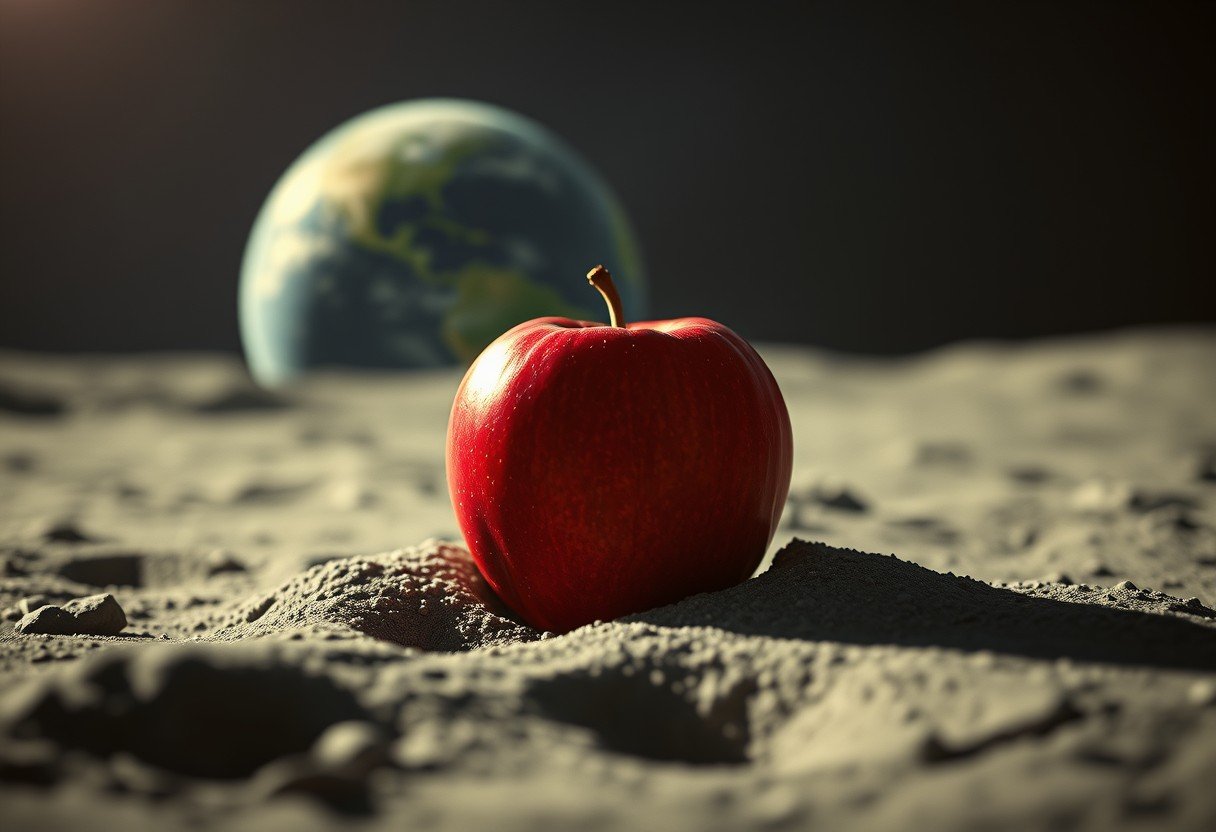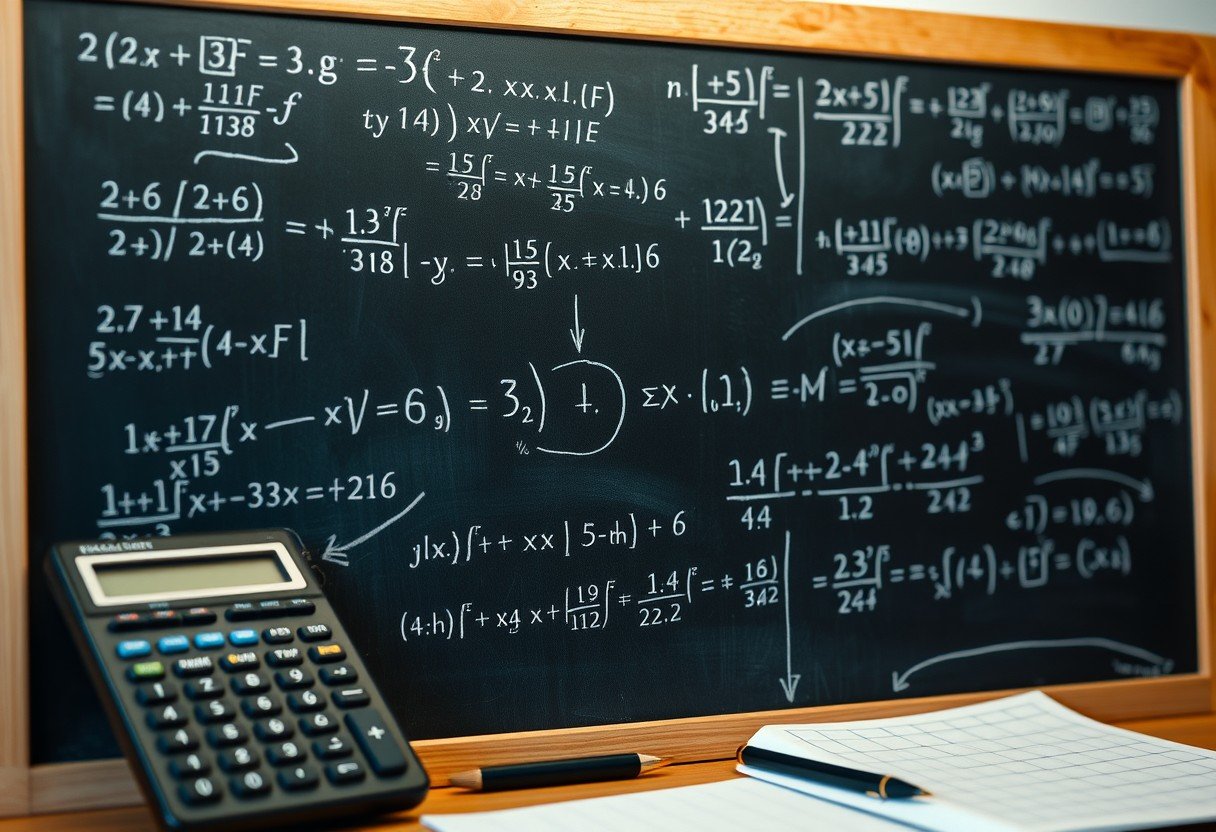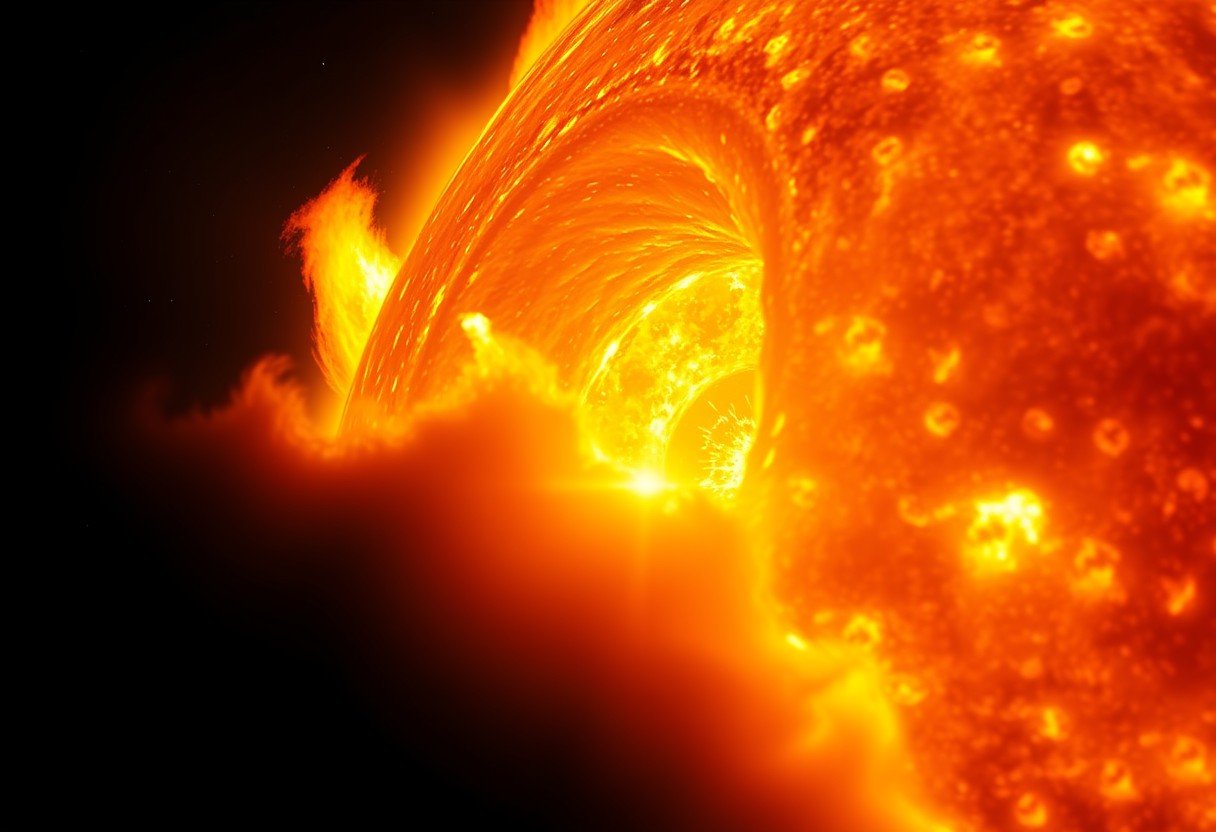Have you ever wondered what would happen to an apple if you took it to the Moon? While its journey would be incredible, one of its fundamental properties would stay exactly the same. The mass of an apple on the Moon is identical to its mass on Earth. This is because mass measures the amount of “stuff” in an object, which doesn’t change with location. However, its weight, which is the pull of gravity on that mass, would be much different.
Understanding the Key Difference: Mass vs. Weight
It’s common to use the terms mass and weight interchangeably in everyday conversation, but in science, they mean very different things. Understanding this distinction is the key to figuring out why an apple behaves differently on the Moon.
Mass is the measure of how much matter is packed into an object. Think of it as the total count of all the atoms inside the apple. This amount does not change no matter where you go in the universe.
Weight, on the other hand, is a measure of force. Specifically, it is the force of gravity pulling on an object’s mass. Because gravity varies from place to place, an object’s weight can change dramatically.
The mass of your apple is an intrinsic property, while its weight is a relationship between the apple and the celestial body it’s on.
Why Does an Apple’s Weight Change on the Moon?
The reason an apple’s weight changes on the Moon is due to a massive difference in gravity. The Moon is much smaller and has significantly less mass than Earth. Because of this, its gravitational pull is much weaker.
In fact, the Moon’s surface gravity is only about one-sixth that of Earth’s. This means that the force pulling the apple down towards the lunar surface is six times weaker than the force pulling it down on Earth.
So, while the apple itself hasn’t changed, the force acting upon it has, resulting in a lower weight. If you were on the Moon, you could throw the apple much farther and higher with the same amount of effort.
How Much Does an Apple Weigh on the Moon?
Let’s use a simple example to see the numbers in action. A medium-sized apple on Earth has a mass of about 150 to 200 grams (0.15 to 0.20 kilograms).
On Earth, a typical spring scale would show its weight as 150 grams. But on the Moon, that same scale would only register about 25 grams. The apple would feel incredibly light in your hand, even though it still contains the same amount of matter.
Here is a simple table to show the comparison for an apple with a mass of 0.1 kg.
| Location | Mass of Apple | Weight of Apple (on a scale) |
|---|---|---|
| Earth | 0.1 kg | 0.1 kg (or 100 grams) |
| Moon | 0.1 kg | ~0.017 kg (or 17 grams) |
This dramatic decrease in weight applies to everything, including astronauts. It’s why they can leap and bound across the lunar surface with such ease.
Does the Type of Apple Affect its Mass?
While the location doesn’t change an apple’s mass, the apple itself certainly can. Not all apples are created equal, and their mass can vary quite a bit based on several factors.
The mass of an apple is influenced by its size, density, and water content. A large Honeycrisp apple will naturally have more mass than a small crabapple because it contains more matter.
Other factors that can influence an apple’s mass include:
- Variety and type of apple: Different varieties have unique densities and typical sizes.
- Ripeness and maturity: A ripe, juicy apple will have more water content and thus more mass than an unripe one.
- Environmental conditions: The quality of the soil and farming practices can affect how large and dense an apple grows.
However, no matter what its mass is, that specific value will remain constant whether it’s measured in a grocery store on Earth or a habitat on the Moon.
Practical Reasons Why This Distinction Matters
Understanding the difference between mass and weight isn’t just a fun science fact; it has critical real-world applications, especially in fields like physics and space exploration.
For scientists and engineers at NASA, knowing an object’s mass is far more important than its weight. The mass of a spacecraft determines how much fuel is needed to launch it from Earth and how much force is required to change its direction in space.
Calculating trajectories for missions to the Moon, Mars, and beyond relies entirely on the constant property of mass, not the variable force of weight. This fundamental concept is crucial for ensuring the success and safety of every space mission.
It also helps explain how objects behave in different gravitational fields, which is essential for planetary science and astrophysics.
Frequently Asked Questions about Mass and Weight
What is the simple difference between mass and weight?
Mass is the amount of matter in an object and is always constant. Weight is the force of gravity acting on that mass and changes depending on your location.
Does an apple’s mass change if I take it to the Moon?
No, the mass of the apple remains exactly the same. It still contains the same amount of matter, regardless of whether it is on Earth or the Moon.
Why would I feel lighter on the Moon?
You would feel lighter on the Moon because its gravitational pull is only about 1/6th as strong as Earth’s. While your body’s mass stays the same, the force pulling you down is much weaker, so your weight is significantly less.
If an apple weighs 200 grams on Earth, what would it weigh on the Moon?
An apple that weighs 200 grams on an Earth scale would weigh about 33.3 grams on a Moon scale. You can find this by dividing its Earth weight by six.
How do scientists measure mass in space?
Since spring scales that measure weight are unreliable in different gravities, scientists use instruments like a balance scale. A balance compares an unknown mass to a known mass, which works accurately regardless of the local gravity.








Leave a Comment